Neuroscience

Neurotransmitter receptors function via various G-protein coupled and G-protein independent mechanisms that activate downstream intracellular signaling pathways such as cAMP/PKA, PI3K/AKT, phospholipase A2, and phospholipase C pathways. For instance, dopamine receptors act through adenylate cyclase to activate PKA and other signaling molecules, thereby mediate gene expression through the actions of CREB and other transcription factors. Other neurotransmitters such as NMDAR or AMPAR are associated with ion channels that control flux of Ca2+ and Na+, thus propagating the action potential across the post-synaptic neuron.
Dysfunctions in GABAergic/glutamatergic/serotonergic/dopaminergic pathways result in a broad range of neurological disorders such as chronic pain, neurodegenerative diseases, and insomnia, as well as mental disorders including schizophrenia, bipolar disorder, depression, and addiction.
-
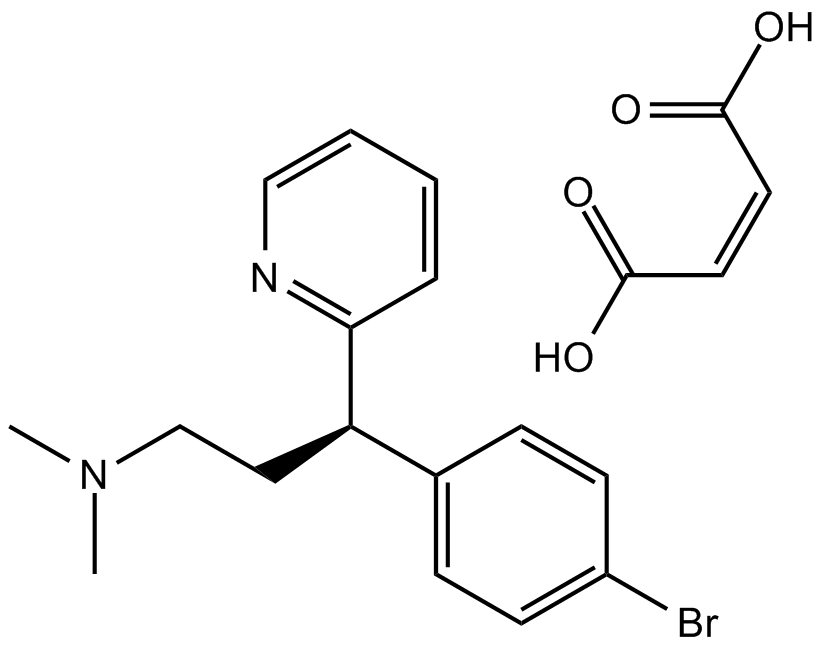 B1545 Brompheniramine hydrogen maleateSummary: Histamine H1 receptors antagonist
B1545 Brompheniramine hydrogen maleateSummary: Histamine H1 receptors antagonist -
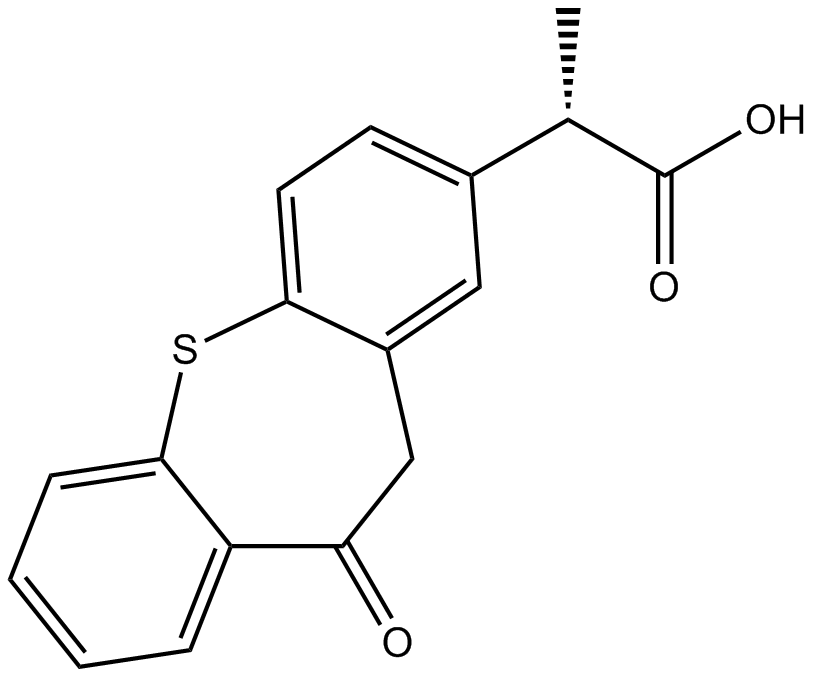 B1460 ZaltoprofenSummary: Cyclooxygenase (COX) inhibitor
B1460 ZaltoprofenSummary: Cyclooxygenase (COX) inhibitor -
 B1480 Chlorpromazine HClSummary: dopamine receptor antagonist
B1480 Chlorpromazine HClSummary: dopamine receptor antagonist -
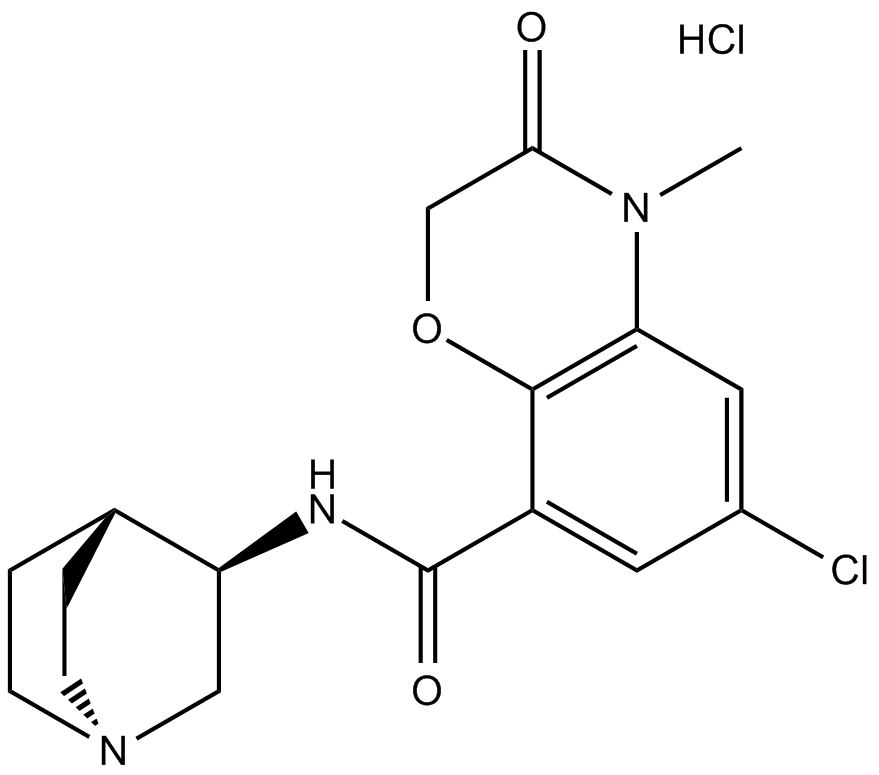 B2233 Azasetron HClSummary: 5-HT3 receptor antagonist
B2233 Azasetron HClSummary: 5-HT3 receptor antagonist -
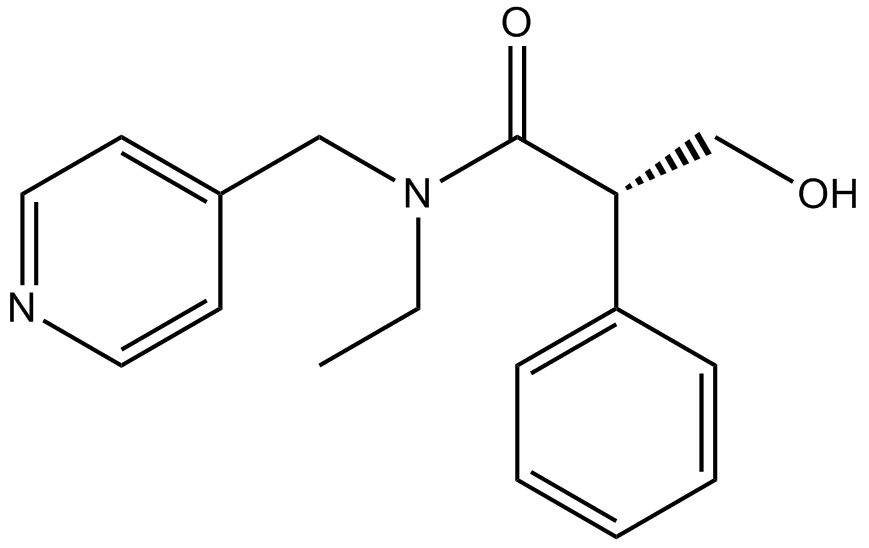 B1608 TropicamideSummary: Antimuscarinic drug
B1608 TropicamideSummary: Antimuscarinic drug -
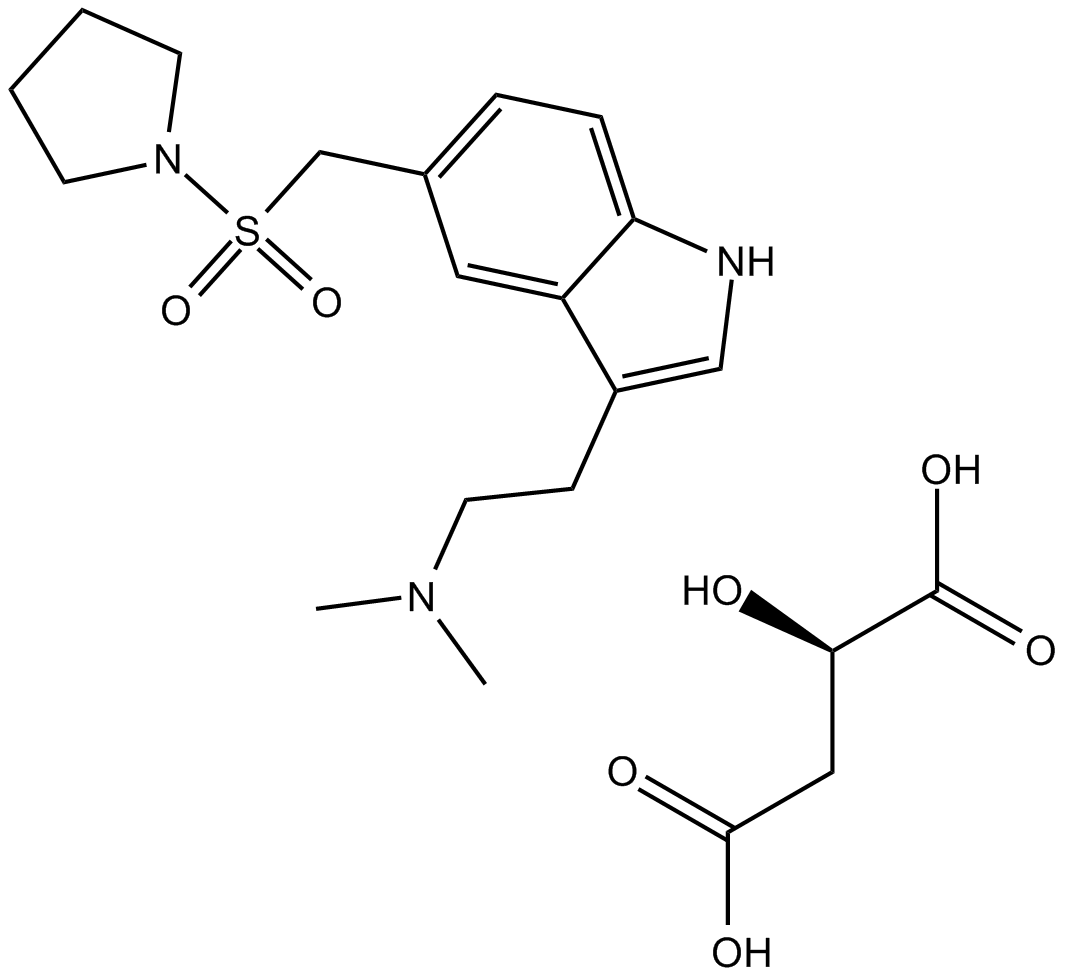 B2243 Almotriptan MalateSummary: 5-HT1B/1D-receptor agonist
B2243 Almotriptan MalateSummary: 5-HT1B/1D-receptor agonist -
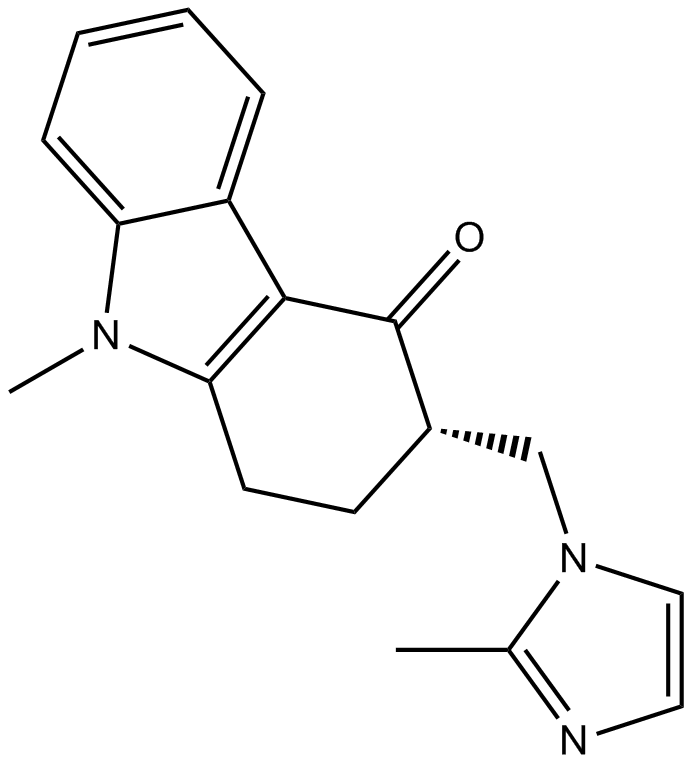 B2241 OndansetronTarget: 5-HT3 ReceptorsSummary: serotonin 5-HT3 receptor antagonist
B2241 OndansetronTarget: 5-HT3 ReceptorsSummary: serotonin 5-HT3 receptor antagonist -
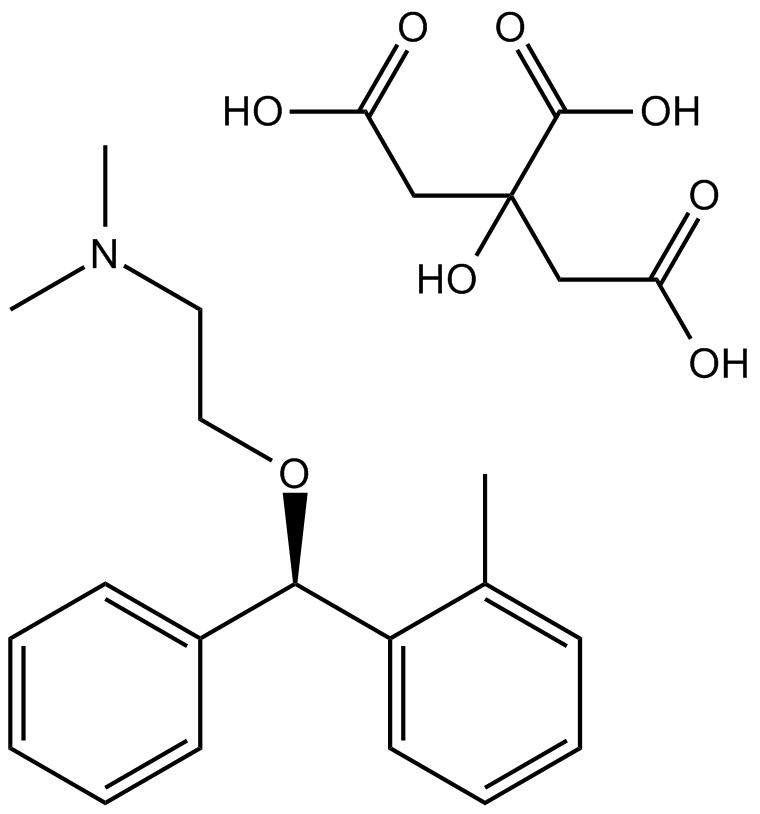 B1606 Orphenadrine CitrateSummary: Antiparkinsonian and analgesic drug
B1606 Orphenadrine CitrateSummary: Antiparkinsonian and analgesic drug -
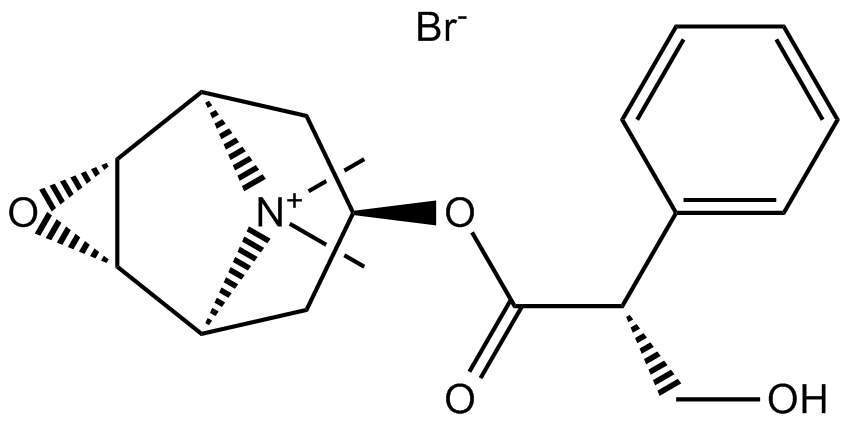 B1611 MethscopolamineSummary: Muscarinic acetylcholine receptor blocker
B1611 MethscopolamineSummary: Muscarinic acetylcholine receptor blocker -
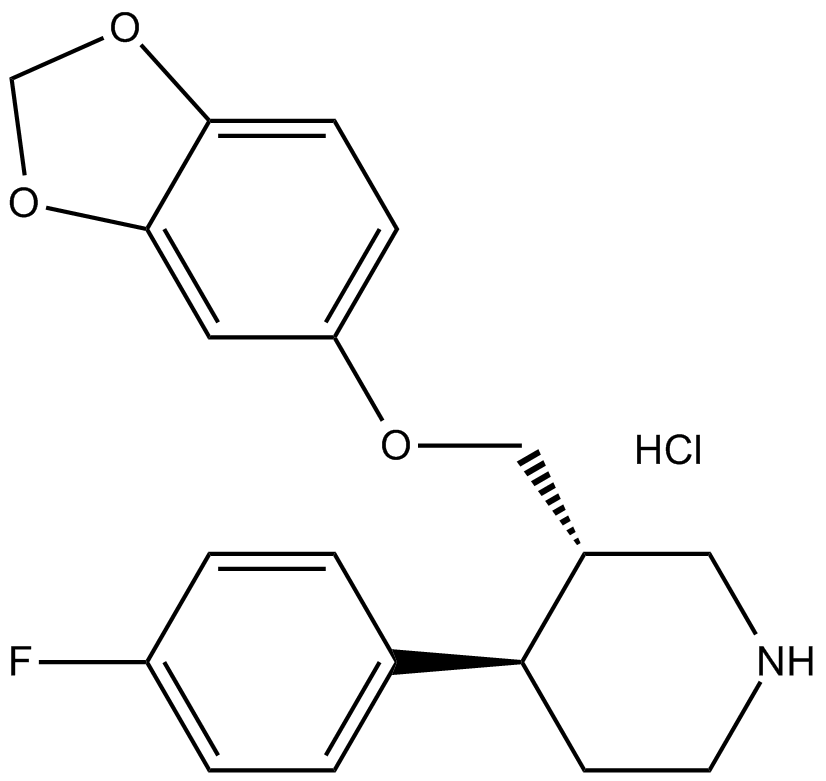 B2252 Paroxetine HCl1 CitationTarget: 5-HT TransportersSummary: Antidepressant agents
B2252 Paroxetine HCl1 CitationTarget: 5-HT TransportersSummary: Antidepressant agents

